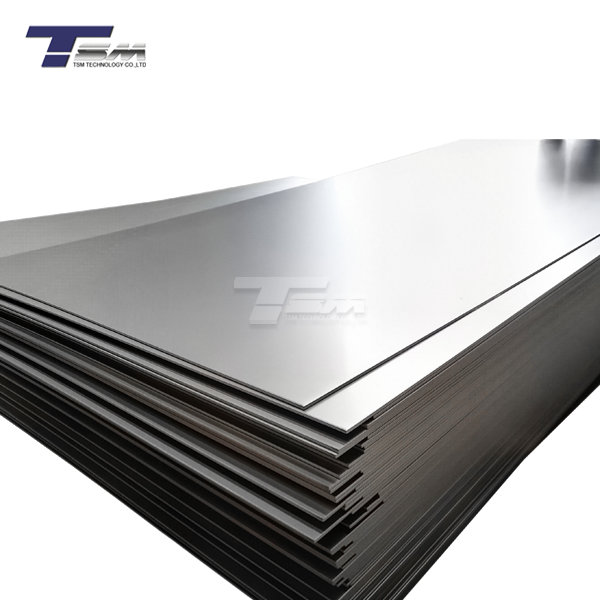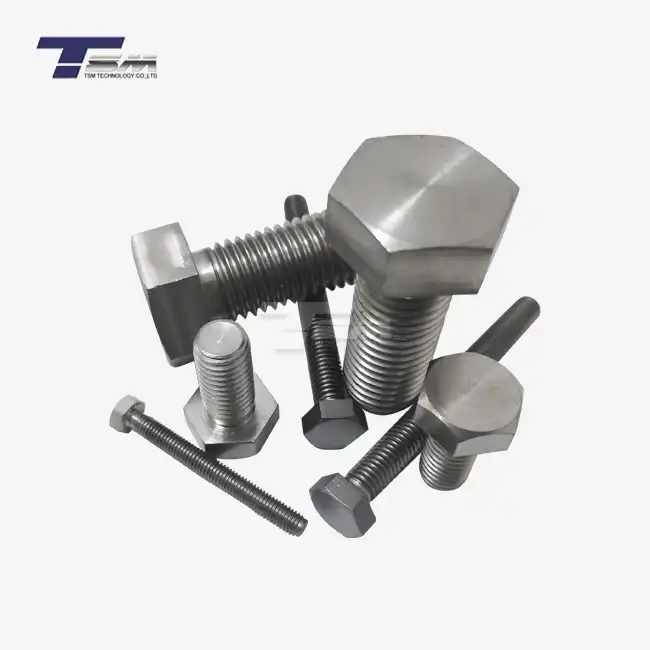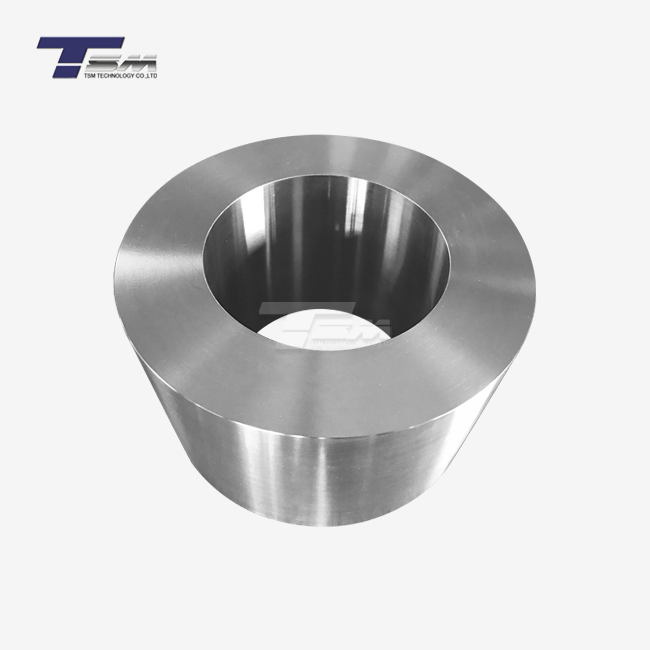- English
- French
- German
- Portuguese
- Spanish
- Russian
- Japanese
- Korean
- Arabic
- Greek
- German
- Turkish
- Italian
- Danish
- Romanian
- Indonesian
- Czech
- Afrikaans
- Swedish
- Polish
- Basque
- Catalan
- Esperanto
- Hindi
- Lao
- Albanian
- Amharic
- Armenian
- Azerbaijani
- Belarusian
- Bengali
- Bosnian
- Bulgarian
- Cebuano
- Chichewa
- Corsican
- Croatian
- Dutch
- Estonian
- Filipino
- Finnish
- Frisian
- Galician
- Georgian
- Gujarati
- Haitian
- Hausa
- Hawaiian
- Hebrew
- Hmong
- Hungarian
- Icelandic
- Igbo
- Javanese
- Kannada
- Kazakh
- Khmer
- Kurdish
- Kyrgyz
- Latin
- Latvian
- Lithuanian
- Luxembou..
- Macedonian
- Malagasy
- Malay
- Malayalam
- Maltese
- Maori
- Marathi
- Mongolian
- Burmese
- Nepali
- Norwegian
- Pashto
- Persian
- Punjabi
- Serbian
- Sesotho
- Sinhala
- Slovak
- Slovenian
- Somali
- Samoan
- Scots Gaelic
- Shona
- Sindhi
- Sundanese
- Swahili
- Tajik
- Tamil
- Telugu
- Thai
- Ukrainian
- Urdu
- Uzbek
- Vietnamese
- Welsh
- Xhosa
- Yiddish
- Yoruba
- Zulu
Can Nickel Alloy Sheet be Welded?
Yes, nickel alloy sheets can be welded effectively using various welding techniques. Nickel alloys, including nickel 200 sheet, are known for their excellent weldability, making them versatile materials for numerous industrial applications. The welding process for nickel alloy sheets typically involves methods such as gas tungsten arc welding (GTAW), gas metal arc welding (GMAW), and shielded metal arc welding (SMAW). However, successful welding of nickel alloy sheets requires careful consideration of factors like material composition, thickness, and intended application to ensure optimal joint strength and corrosion resistance. Proper preparation, appropriate filler materials, and controlled welding parameters are crucial for achieving high-quality welds in nickel alloy sheets.
Properties and Characteristics of Nickel Alloy Sheets
Composition and Microstructure
Nickel alloy sheets, including nickel 200 sheet, are engineered materials with a unique composition that contributes to their exceptional properties. These alloys typically contain a high percentage of nickel, often exceeding 50%, along with varying amounts of other elements such as chromium, molybdenum, and iron. The microstructure of nickel alloy sheets is characterized by a face-centered cubic (FCC) crystal structure, which imparts excellent ductility and toughness to the material.

Mechanical Properties
Nickel alloy sheets exhibit remarkable mechanical properties that make them suitable for demanding applications. These materials boast high tensile strength, yield strength, and fatigue resistance, even at elevated temperatures. The combination of strength and ductility allows nickel alloy sheets to withstand significant mechanical stresses without failure. Additionally, their excellent creep resistance makes them ideal for use in high-temperature environments, where maintaining dimensional stability is crucial.
Corrosion Resistance
One of the most notable characteristics of nickel alloy sheets is their exceptional corrosion resistance. These materials demonstrate outstanding performance in harsh environments, including exposure to acids, alkalis, and chloride-containing solutions. The formation of a protective passive oxide layer on the surface of nickel alloy sheets contributes to their ability to resist various forms of corrosion, such as pitting, crevice corrosion, and stress corrosion cracking. This property makes nickel alloy sheets invaluable in industries where corrosion resistance is paramount, such as chemical processing, marine applications, and oil and gas exploration.
Welding Techniques for Nickel Alloy Sheets
Gas Tungsten Arc Welding (GTAW)
Gas Tungsten Arc Welding, also known as TIG welding, is a widely used technique for joining nickel alloy sheets. This process utilizes a non-consumable tungsten electrode to create an arc, while a separate filler material is added to the weld pool. GTAW offers precise control over the welding process, making it ideal for thin nickel alloy sheets and applications requiring high-quality welds. The inert gas shielding, typically argon or helium, protects the weld pool from atmospheric contamination, ensuring clean and strong joints. When welding nickel 200 sheet or other nickel alloys, GTAW allows for excellent control of heat input, minimizing distortion and maintaining the material's corrosion-resistant properties.
Gas Metal Arc Welding (GMAW)
Gas Metal Arc Welding, commonly referred to as MIG welding, is another effective method for welding nickel alloy sheets. This process uses a consumable wire electrode that is continuously fed through the welding gun, creating an arc and depositing filler material simultaneously. GMAW offers higher deposition rates compared to GTAW, making it suitable for thicker nickel alloy sheets and larger-scale fabrication projects. When welding nickel alloys, it's crucial to select the appropriate filler wire composition to match the base material's properties. Proper shielding gas selection, typically a mixture of argon and helium, is essential to protect the weld pool and maintain the alloy's corrosion resistance.
Shielded Metal Arc Welding (SMAW)
Shielded Metal Arc Welding, also known as stick welding, is a versatile technique that can be employed for welding nickel alloy sheets, particularly in field applications or where portability is required. This method uses a flux-coated electrode that produces a protective gas shield as it melts during the welding process. While SMAW may not offer the same level of precision as GTAW or GMAW, it can be effective for welding nickel alloy sheets in challenging environments or when access is limited. When using SMAW for nickel alloys, it's crucial to select electrodes specifically designed for these materials to ensure proper weld chemistry and maintain the alloy's corrosion-resistant properties.
Considerations for Successful Nickel Alloy Sheet Welding
Material Preparation
Proper preparation of nickel alloy sheets is crucial for achieving high-quality welds. This process begins with thorough cleaning of the surfaces to be joined, removing any contaminants such as oils, greases, or oxides that could compromise weld integrity. For nickel 200 sheet and other nickel alloys, mechanical cleaning methods like brushing or grinding are often preferred over chemical cleaning to avoid introducing harmful residues. Edge preparation is equally important, with beveling or chamfering recommended for thicker sheets to ensure full penetration welds. Additionally, preheating the nickel alloy sheets may be necessary in some cases to prevent cracking and improve weld quality, particularly for thicker sections or when joining dissimilar materials.
Filler Material Selection
Choosing the appropriate filler material is critical when welding nickel alloy sheets. The filler metal should be compatible with the base material in terms of composition and mechanical properties to ensure a strong, corrosion-resistant weld. For nickel 200 sheet, a matching nickel-based filler metal is typically used to maintain the alloy's characteristics. In cases where different nickel alloys are being joined, or when welding nickel alloys to other materials, careful consideration must be given to selecting a filler metal that will provide the desired properties in the final weldment. Factors such as strength, ductility, and corrosion resistance should be evaluated when choosing the filler material to ensure optimal performance of the welded joint.
Welding Parameters and Techniques
Successful welding of nickel alloy sheets requires careful control of welding parameters and the application of proper techniques. Heat input must be carefully managed to prevent overheating, which can lead to grain growth and reduced corrosion resistance in the heat-affected zone. Interpass temperature control is crucial when welding thicker sections to maintain the desired microstructure and properties. For nickel alloys, including nickel 200 sheet, a slight weaving motion during welding can help ensure proper fusion and minimize the risk of lack of fusion defects. Post-weld heat treatment may be necessary for certain nickel alloys to relieve residual stresses and optimize mechanical properties. Additionally, proper shielding gas flow and composition are essential to protect the weld pool and prevent contamination, which could compromise the alloy's corrosion resistance.
Conclusion
Nickel alloy sheets, including nickel 200 sheet, can indeed be welded effectively using various techniques such as GTAW, GMAW, and SMAW. The key to successful welding lies in understanding the unique properties of these alloys and implementing appropriate welding procedures. By considering factors such as material preparation, filler metal selection, and welding parameters, high-quality, corrosion-resistant welds can be achieved in nickel alloy sheets. This weldability, combined with their exceptional mechanical properties and corrosion resistance, makes nickel alloy sheets invaluable materials in numerous industrial applications, from chemical processing to aerospace engineering.
Contact Us
For more information about nickel alloy sheets and their welding capabilities, please contact TSM Technology Co., Ltd. at info@tsm-technology.com. Our team of experts is ready to assist you with your specific nickel alloy needs and provide guidance on optimal welding solutions for your applications.
References
Davis, J.R. (Ed.). (2000). Nickel, Cobalt, and Their Alloys. ASM International.
DuPont, J.N., Lippold, J.C., & Kiser, S.D. (2009). Welding Metallurgy and Weldability of Nickel-Base Alloys. John Wiley & Sons.
Kou, S. (2003). Welding Metallurgy (2nd ed.). John Wiley & Sons.
Special Metals Corporation. (2007). Welding of Nickel Alloys. Technical Bulletin.
American Welding Society. (2015). AWS D10.18/D10.18 M: 2015, Guide for Welding Ferritic/Austenitic Duplex Stainless Steel Piping and Tubing.
Olson, D.L., Siewert, T.A., Liu, S., & Edwards, G.R. (Eds.). (1993). ASM Handbook, Volume 6: Welding, Brazing, and Soldering. ASM International.
Learn about our latest products and discounts through SMS or email



